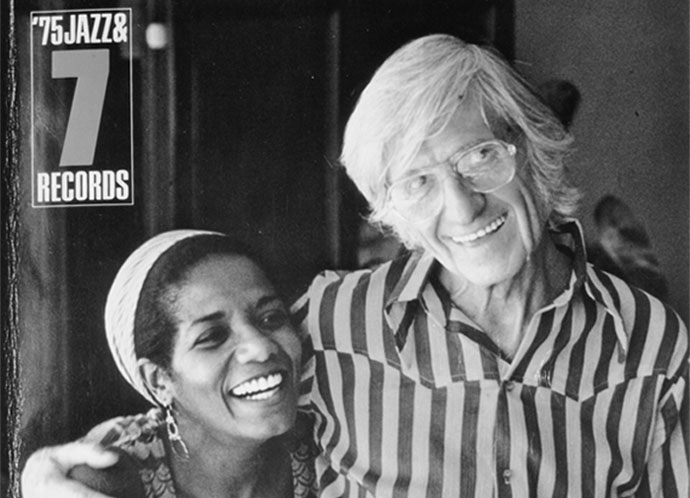 Jazz Profiles Gil Evans: The Arranger as Re-composer (Part 7)
What I noticed almost immediately about Gil’s writing was it’s appealing texture. But what is a musical definition of texture which joins with melody, harmony and rhythm [meter] as a fourth building block used to create a musical composition? Ironically, of these four basic musical atoms, the most indefinable yet the one we first notice is – texture. Texture
is the word that is used to refer to the actual sound of the music.
This encompasses the instruments with which it is played; its tonal
colors; its dynamics; its sparseness or its complexity. Texture
involves anything to do with the sound experience and it is the word
that is used to describe the overall impression that a piece of music
creates in our emotional imagination. Often
our first and most lasting impression of a composition is usually based
on that work’s texture, even though we are not aware of it. Generally,
we receive strong musical impressions from the physical sound of any
music and these then determine our emotional reaction to the work. Beyond
the texture or sound of his music and the lasting physical and
emotional impact it can create, Gil’s music is also heavily rhythmic –
the most visceral and fundamental of all the musical elements. Music
takes place in time and like many great composers, Gil uses rhythms and
the relationships between rhythms to express many moods and musical
thoughts. He
uses rhythm to provide a primal, instinctive kind of foundation for the
other musical thoughts [themes and motifs] to build upon. This
combination of powerful, repetitive rhythmic phrases and the manner in
which he textures the sound of his music over them provides many of
Gil’s arrangements with a magisterial quality. Another
of Gil’s great skills as a composer is that he never seems to be at a
loss for the new rhythms that he needs to create musical interest in his
work. He is a master at using the creative tension between unchanging
meter and constantly changing rhythms and these rhythmic variations help
to produce a vitality in his music. In
his use of melody, Gil’s approach to composing, arranging and
orchestrating appears to have much in common with the Classical
composers of the late 18th and early 19th century [Mozart &
Beethoven as examples] in that he relies on a series of measured and
balanced musical phrases as the mainstay of much of his work. |
|

